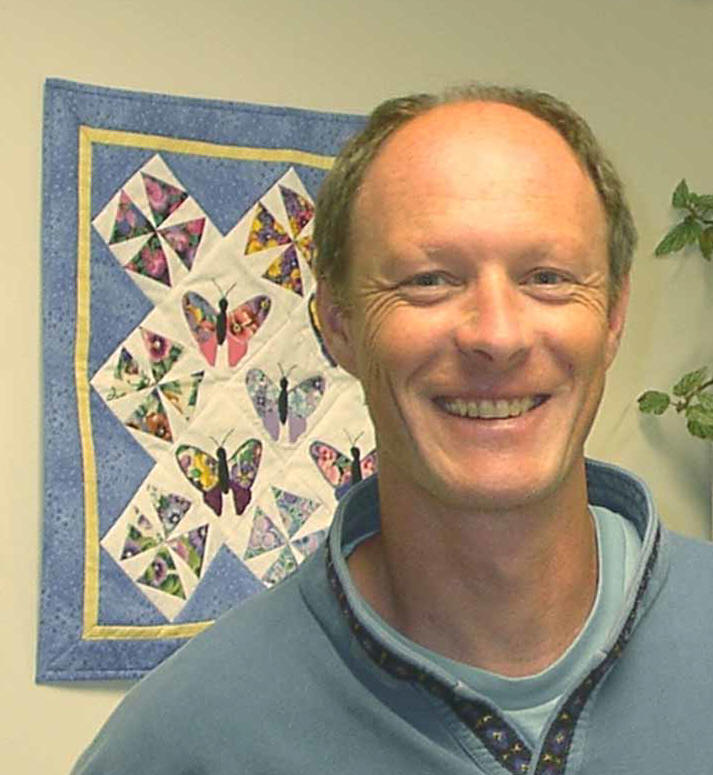Thomas Kuhn

Research Description
Inflammation and its mediators harbor a pivotal role in the progression of neurodegeneration in the human central nervous system (CNS) prevalent after acute injuries (stroke, trauma), in chronic diseases (Alzheimer, Parkinson, ALS), in psychiatric disorders (autism, schizophrenia), intoxication (arsenic, mercury), and in the normal aging process. Severe oxidative damage to proteins, lipids, and nucleic acids is a hallmark of CNS inflammation resulting from a dramatic overabundance of reactive oxygen species (ROS). A key role in ROS formation is attributed to isoforms of NADPH oxidase (NOX), multi-subunit protein complexes expressed in the plasma membranes of microglial cells in the brain but also in astrocytes and neurons. In CNS neurons, actin is particularly susceptible to oxidative modification/damage, which alters its interaction dynamics and rapidly results in the degeneration of CNS neurons. Actin dynamics are vital for morphology and plasticity of synapses, dendritic buttons, and growth cones, ion channel function, vesicle traffic, mitochondrial homeostasis, scaffold function, and gene expression. The long-term research efforts in my lab evolve around the regulation of NOX enzymes in CNS neurons and the consequences of redox modifications on actin dynamics with the goal to develop new therapeutic approaches to alleviate the detriments of CNS inflammation.
A second line research involves the identification and characterization of natural products from blueberries as lead drug development applicable to CNS inflammation. It has long been recognized that diets rich in vegetables and fruit, in particular blueberries, are highly beneficial for CNS health both as prevention as well as intervention.
Selected Publications
- Kuhn, T. B. and J. Bamburg. 2008. Tropomyosin and ADF/cofilin as collaborators and competitors. In P. Gunning (ed.), Tropomyosin. Landes Bioscience, Austin. In press.
- Shi, B., T. B. Kuhn, H. Liang, and L. Duffy. 2007. Tribochemical performance of cell-treated nickel matrix. American Journal of Biochemistry and Biotechnology 3:141-144.
- Kuhn, T. B. 2003. Growing and Working with Spinal Motor Neurons, p. 67-87, Methods in Cell Biology, vol. 71. Academic Press.
Degree(s)
- B.S. 1985, University of Zurich (Biochemistry)
- Ph.D. 1991, University of Zurich (Biochemistry and Neurobiology)
Contact
Phone: 907-474-5752
Fax: 907-474-5640
Email: tbkuhn@alaska.edu
Address:
Thomas Kuhn
Department of Chemistry & Biochemistry
University of Alaska Fairbanks
Fairbanks, AK 99775-6160


